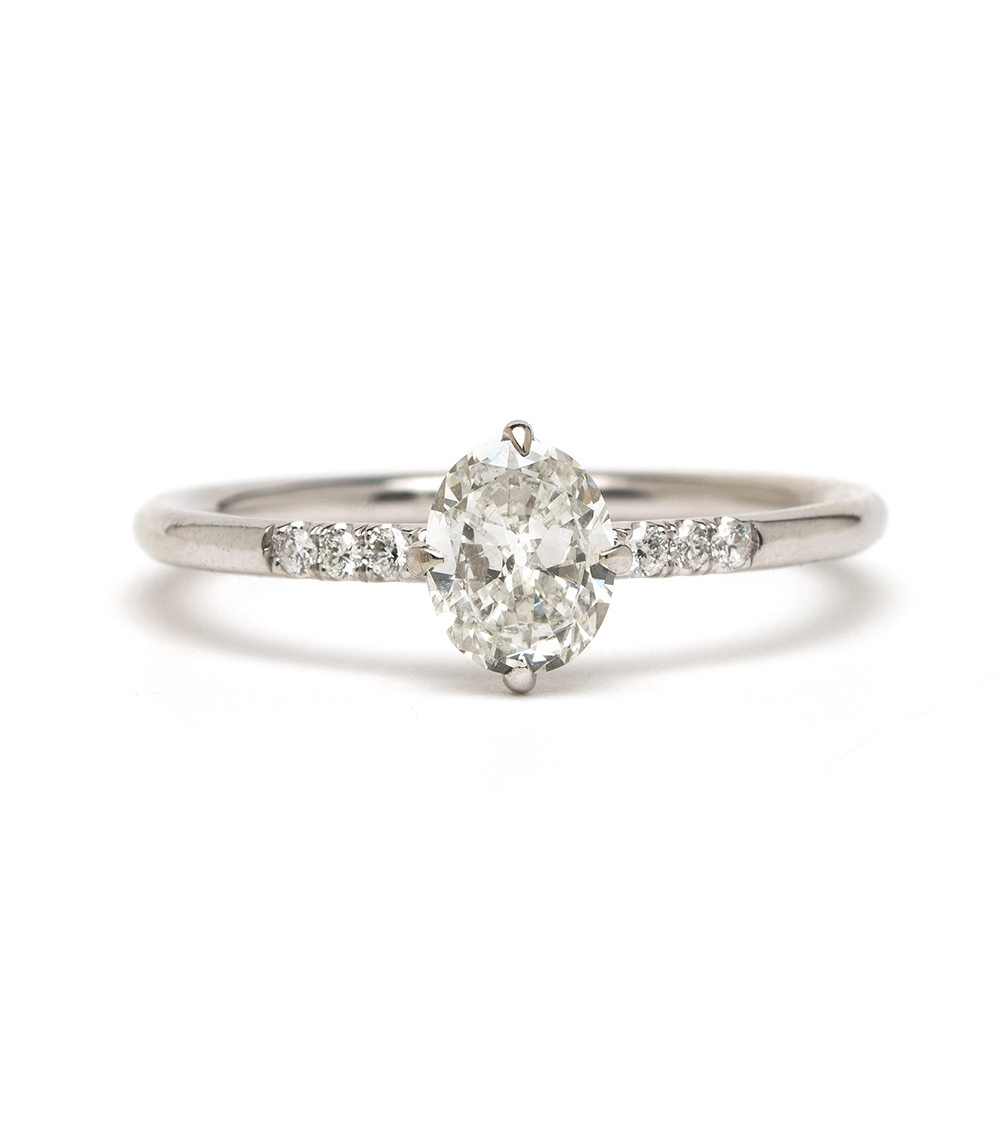
Generally, it's not a good idea to buy a colorless diamond with Strong/Very Strong fluorescence.ĭiamonds, even they can sometimes look hazy with strong fluorescence, so never buy a stone with Strong/Very Strong fluorescence requires caution. Medium fluorescence will in most cases have zero to very small influence on colorĪnd overall appearance, however, colorless diamonds can sometimesĮxhibit negative effects and should be examined inĭifferent light conditions before purchasing. GIA grades fluorescence as None, Faint, Medium,įaint fluorescence will have zero effect on color and overall appearance.įluorescence of this type is not an issue and shouldn't be a purchasing factor. One of the biggest benefits ofįluorescent diamonds is that they generally cost less. On the other hand, strong fluorescence can cause a stone (especially in the higher color range D-G) toĪppear hazy or milky under certain light conditions. Lower color range ( H or lower) can benefit from it, as it can make them look whiter, more colorless. Would you want a poorly cut 1.8 carat diamond that is less sparkly and has the same face-up size as an ideal cut 1.6 carat? Probably not.īlue fluorescence can have a positive, negative, or zero effect on a diamond. Adequate size also indicates a good cut, meaning better light performance. So you should make sure it's of adequate size. When a diamond is set in a ring, your eyes will only see the face-up area, Proper face-up size should play an important role when buying a diamond. Twoĭiamonds of the same carat weight can vary greatly in spread, meaning that oneĭiamond can appear larger than the other, even though they weight exactly the same.

Weight doesn't equally translate into physical size, especially spread. In short, all is OK, this diamond looks its weight.ĭiamonds are sold by weight (carats), but it's important to understand that

Round reference diamond ( see below), this diamond is of adequate


 0 kommentar(er)
0 kommentar(er)
